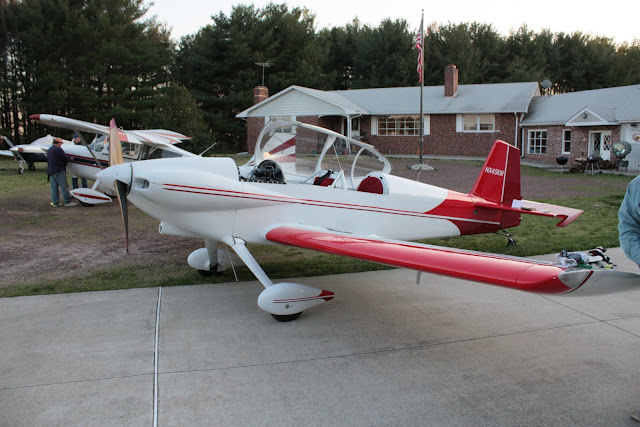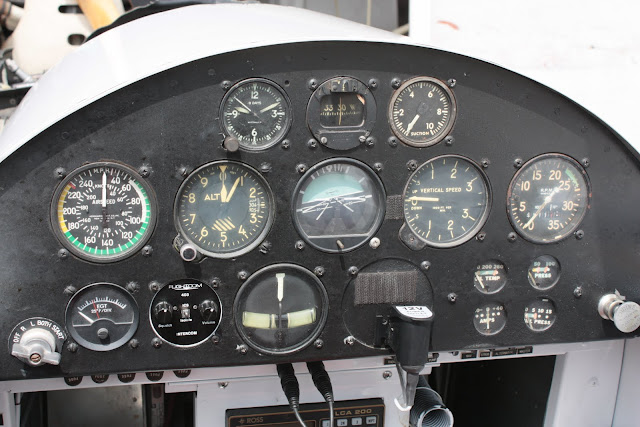LotusSeven
Member
Finally the culmination of all my childhood dreams has arrived. I took the plunge and bought an airplane. I did take the easy way out and bought an already flying RV-4. This particular bird was finished in 91' and sold soon after to a guy who didn't fly it much over the next 20 years. It was purchased last year by Joe Flood who freshened it up and flew it a bit. All of this light use means TTAF is ~170hrs. The engine is an 0-320 (either an E2A or an E2C I can't remember of the top of my head) out of a Cherokee 140 with 170hrs STOH and ~460hrs SMOH. I have not been able to identify the prop though I know it turns about 2850rpm at WOT and it has a thick resin leading edge. The 91' vintage is evidenced by the pristine example of a Ross Loran-C still in the console (does anyone want a Loran-C for a great price?). It is fairly light weight at 934 lbs empty. Please check out the link to the additional pictures and let me know if you see any glaring deficiencies (or just good mods) that I should make when I get her back to her new home base. The first thing on the list it to repair or replace that cut off roll bar!
http://picasaweb.google.com/LotusSeven/RV4NX45KM


http://picasaweb.google.com/LotusSeven/RV4NX45KM




